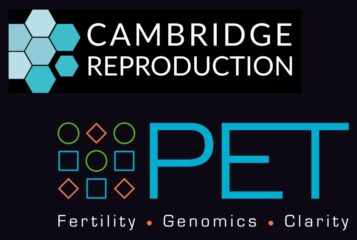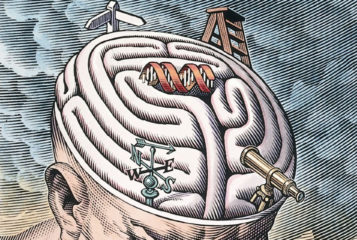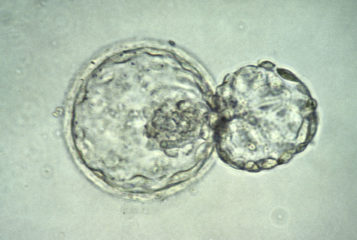Scientists have created embryo models from human stem cells and cultivated them to a stage beyond the equivalent of 14 days of development for an actual embryo, sparking ethical discussion.
Stem-cell-based embryo models (SCBEMs) can be created without the need for eggs or sperm, resulting in entities or materials that – in some respects – resemble embryos in the earliest stages of human development. However, this work raises ethical and governance questions. Research involving SCBEMs is subject to various regulations, but in the UK there is no dedicated regulatory framework covering such research. Therefore, a project to develop the first governance framework for research involving SCBEMs in the UK has been launched by the University of Cambridge, in partnership with the Progress Educational Trust (PET).
'Given the similarities that SCBEMs have with human embryos, they offer enormous potential to unlock secrets of early pregnancy,' said Professor Roger Sturmey from Hull York Medical School, chair of the Governance of SCBEMs (G-SCBEM) Guidelines Working Group. 'However, because of these similarities, it is important that scientists working in this field maintain high standards and public confidence and so we hope that a self-governance framework will provide this.'
Currently, the UK's Human Fertilisation and Embryology Act enshrines the '14-day rule' and the related 'primitive streak rule'. These permit researchers to develop human embryos for up to 14 days from the time of fertilisation (not including any times during which the embryo is cryopreserved), or until the appearance of a feature called the primitive streak (if this occurs before 14 days). Development of human SCBEMs in research is not directly constrained by these rules.
Professor Magdalena Zernicka-Goetz, of the California Institute of Technology and the University of Cambridge, described the creation of human SCBEMs at the International Society for Stem Cell Research's annual meeting in Boston, Massachusetts. Published as a preprint in bioRxiv that has not yet been peer-reviewed, Professor Zernicka-Goetz detailed the cultivation of embryonic stem cells, which developed into structures that mimic aspects of the post-implantation human embryo just beyond 14 days post-fertilisation.
In similar research, scientists from the Weizmann Institute of Science in Rehovot, Israel have described the creation of human SCBEMs from the cultivation of human naive pluripotent stem cells. Also published as a preprint in bioRxiv that has not yet been peer-reviewed, Professor Jacob Hanna explained that the pluripotent stem cells developed into structures that emulate early post-implantation stage human embryos up to 13-14 days post-fertilisation.
Previously, Professor Zernicka-Goetz and her colleagues have cultivated mouse stem cell-based embryo models for 8.5 days (complete mouse gestation is 18-21 days), which was long enough to develop a beating heart and the foundations of all other organs (see BioNews 1157). Meanwhile, the Weizmann researchers have previously observed the formation of the placenta, yolk sac and some organs, in embryo models derived entirely from mouse embryonic stem cells (see BioNews 1154).
Sandy Starr, deputy director of PET and a member of the G-SCBEM Oversight Group, said: 'SCBEMs open up avenues of research that are vitally important for people affected by infertility or genetic conditions. Use of SCBEMs can advance our understanding of human development, disease and reproduction, improving established reproductive technologies while opening up new possibilities. For this research to thrive, it needs to be conducted responsibly and governed in a clear and transparent way, which is where the G-SCBEM project comes in.'
Sources and References
-
Synthetic human embryos created in groundbreaking advance
-
Project launched to provide guidance on research using human stem cell-based embryo models
-
Transgene directed induction of a stem cell-derived human embryo model
-
Transgene-free ex utero derivation of a human post-implantation embryo model solely from genetically unmodified naive PSCs






Leave a Reply
You must be logged in to post a comment.